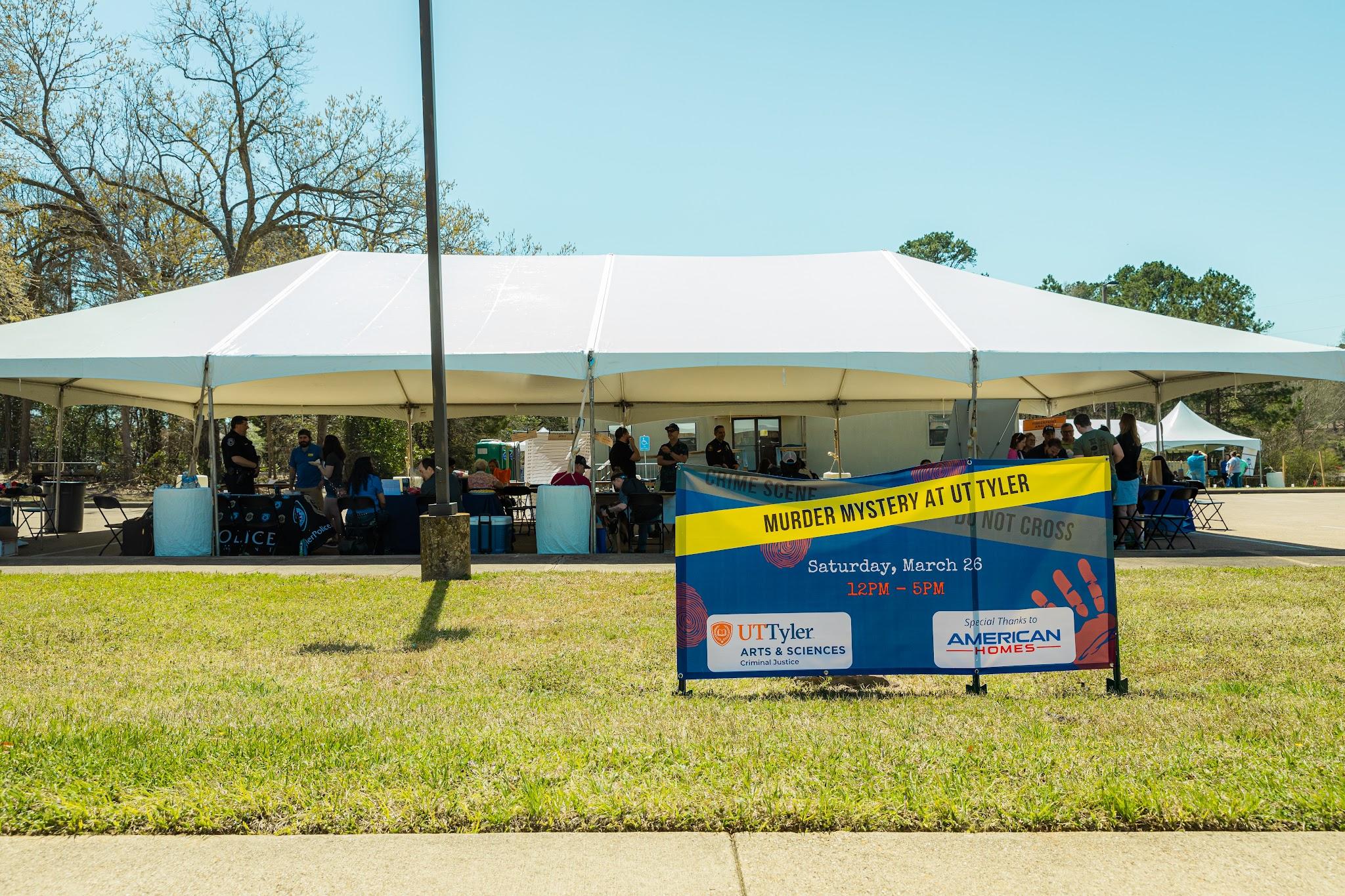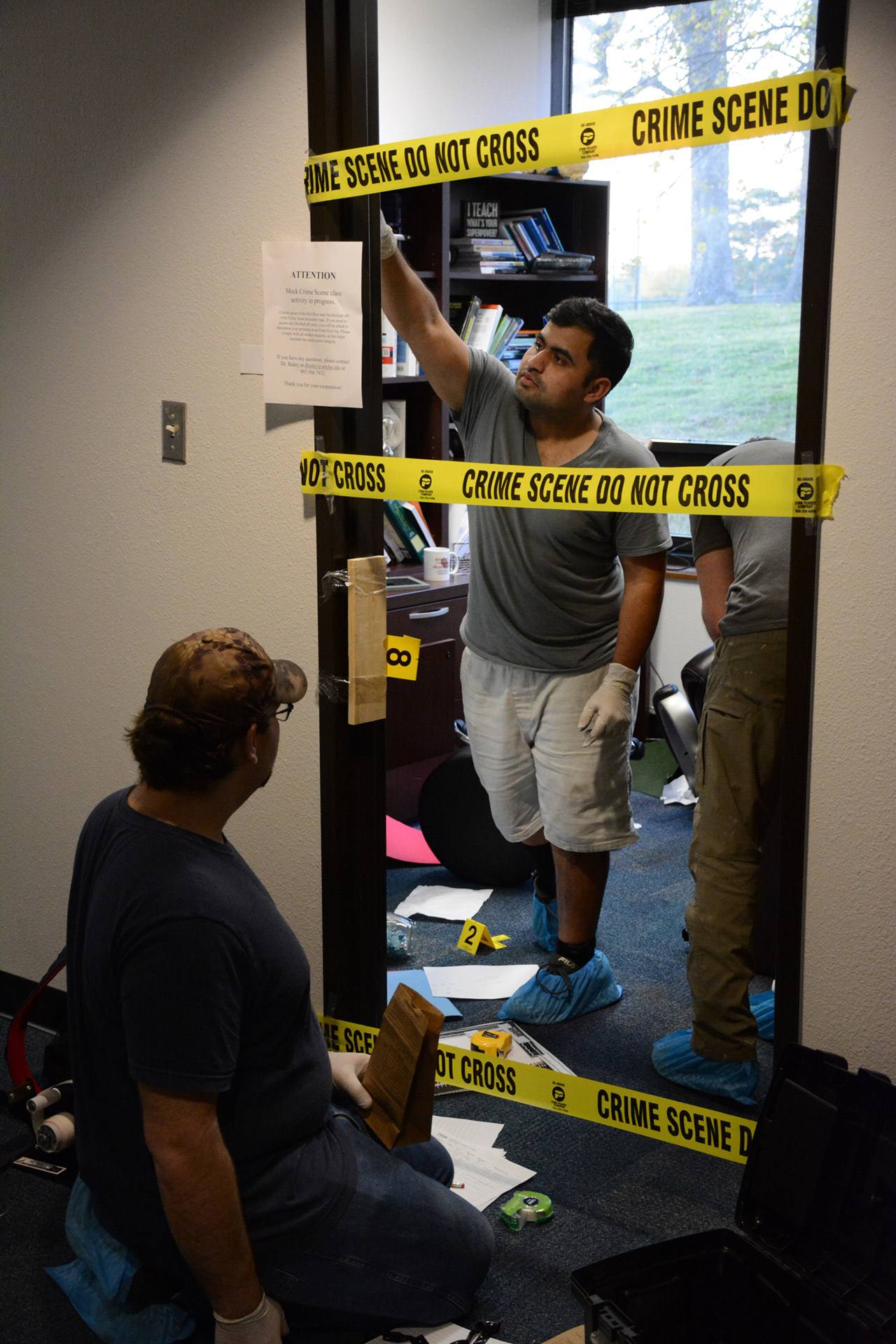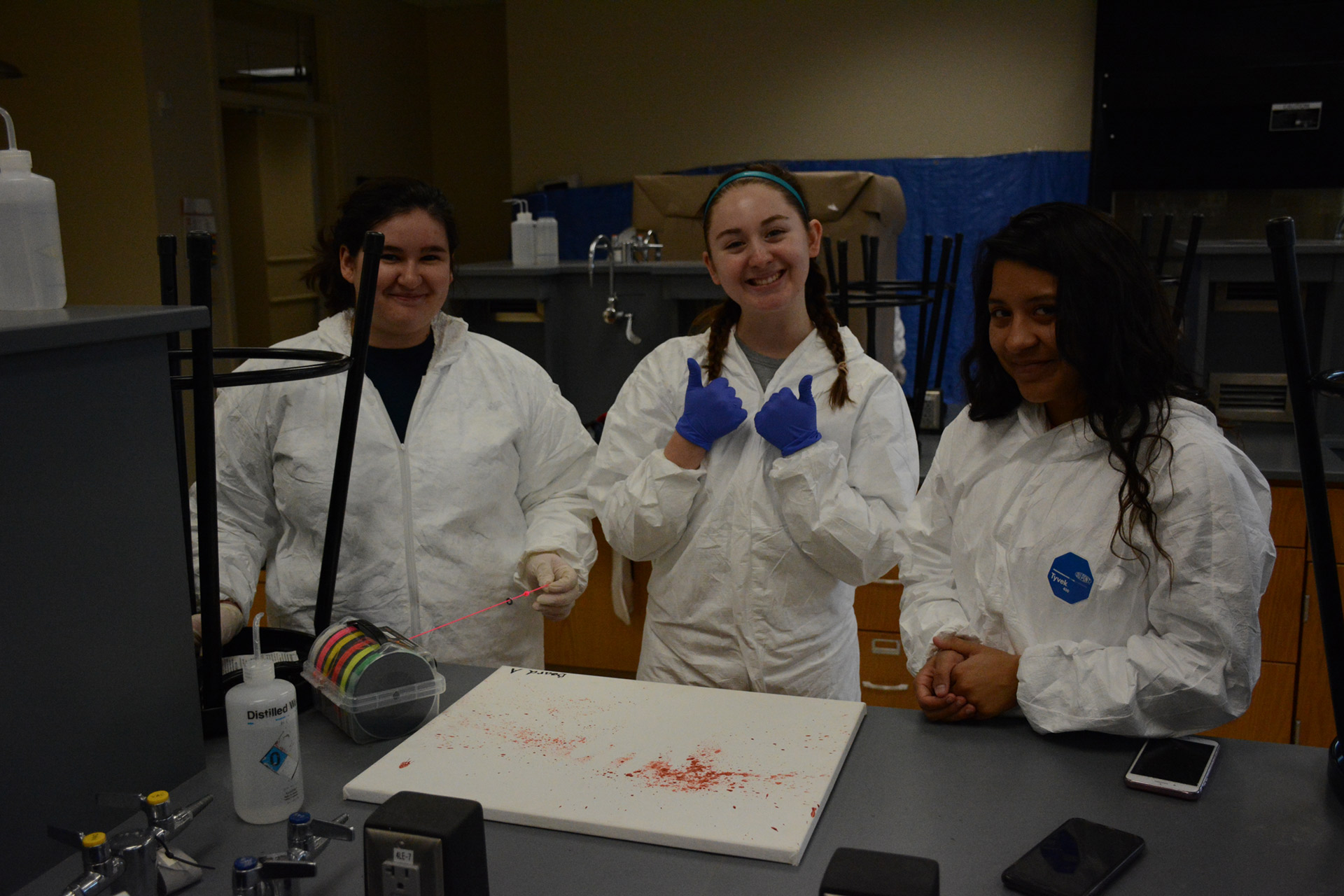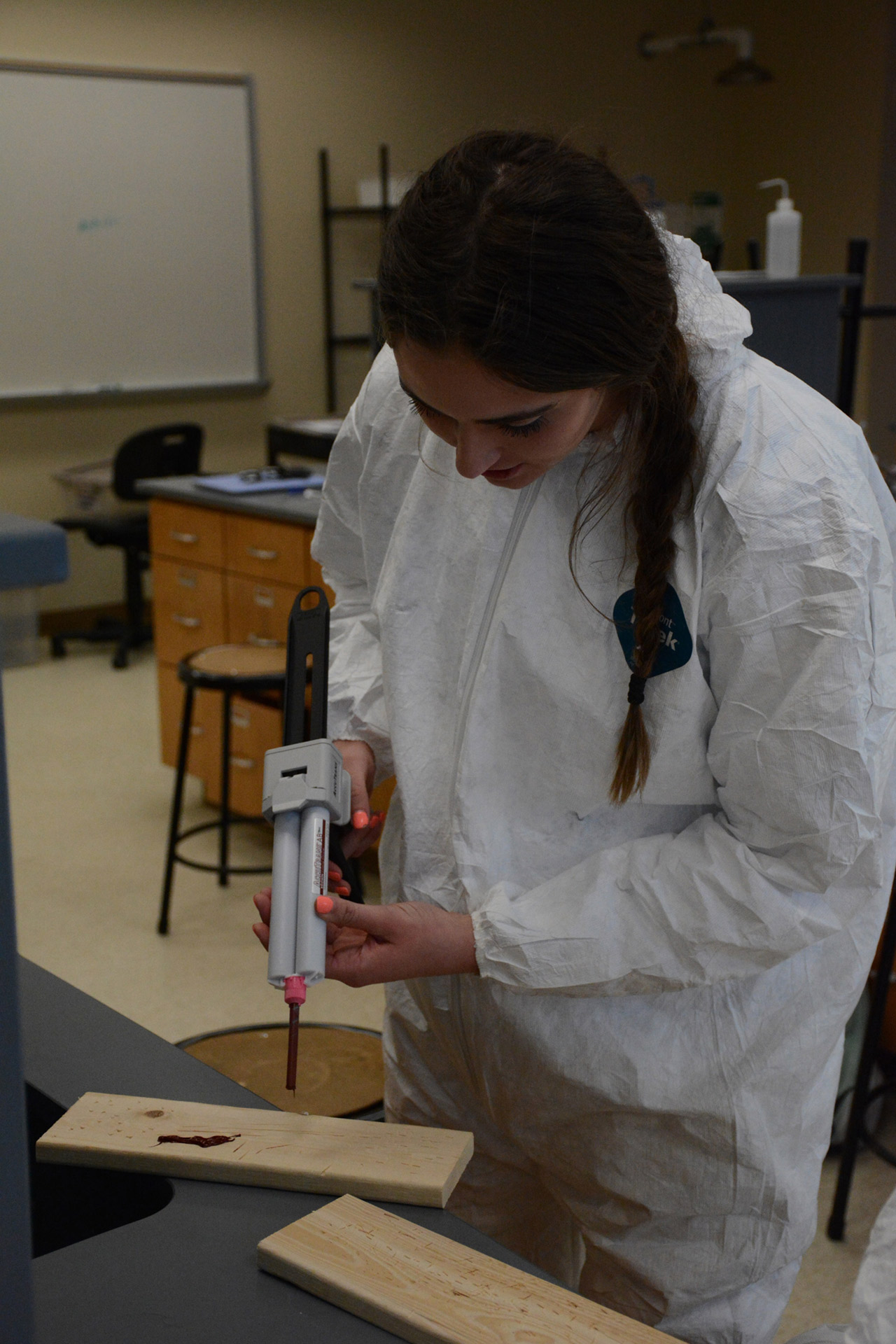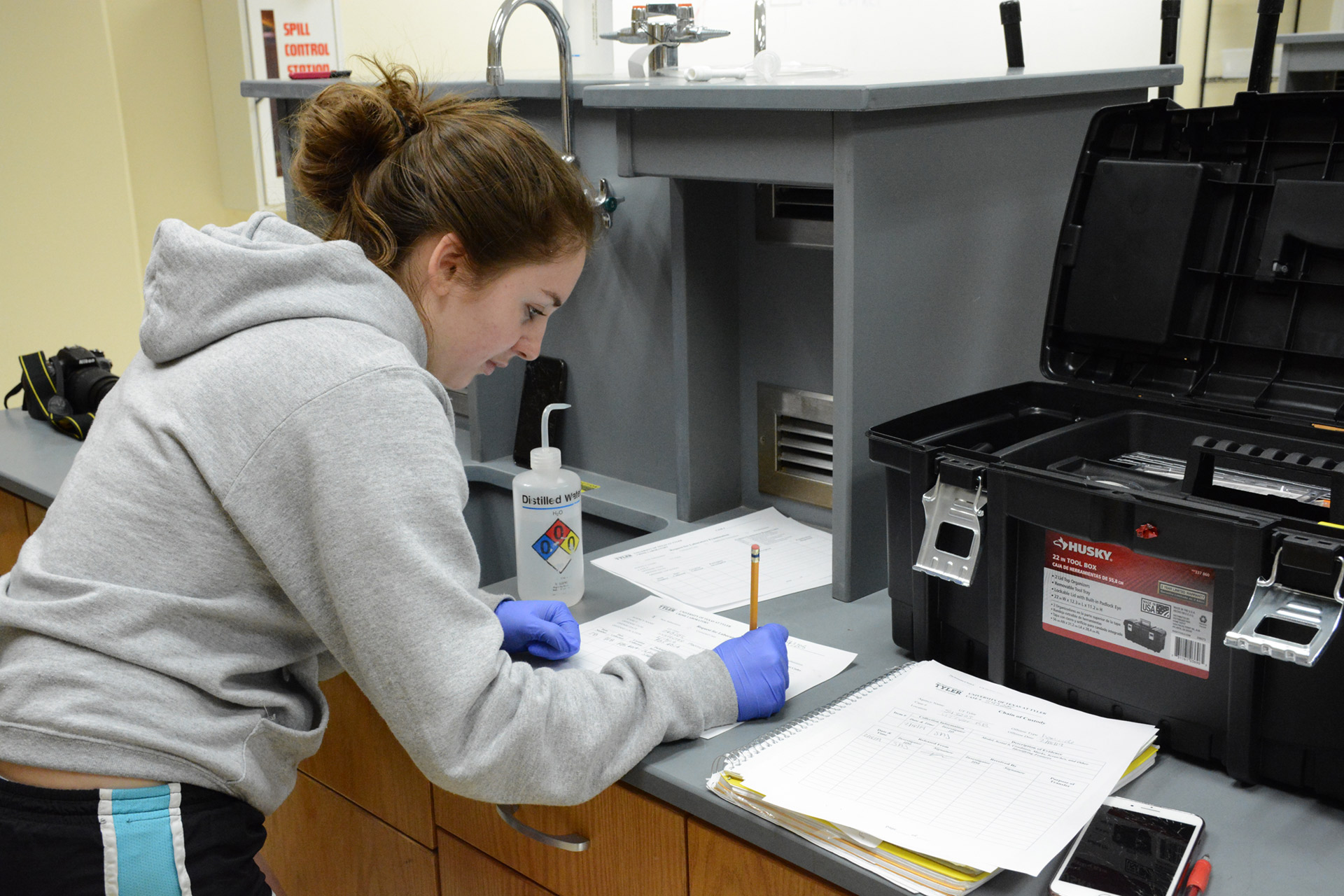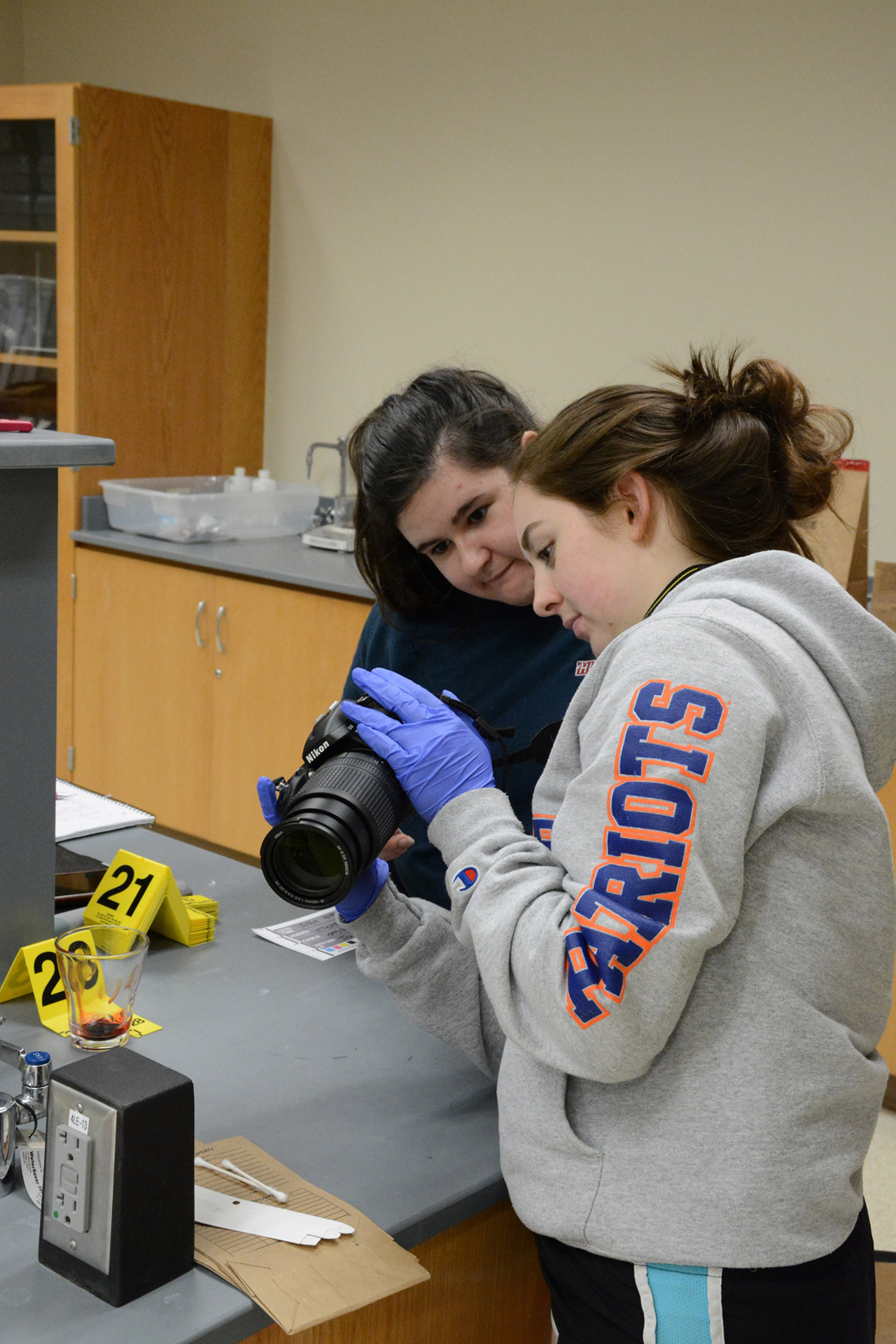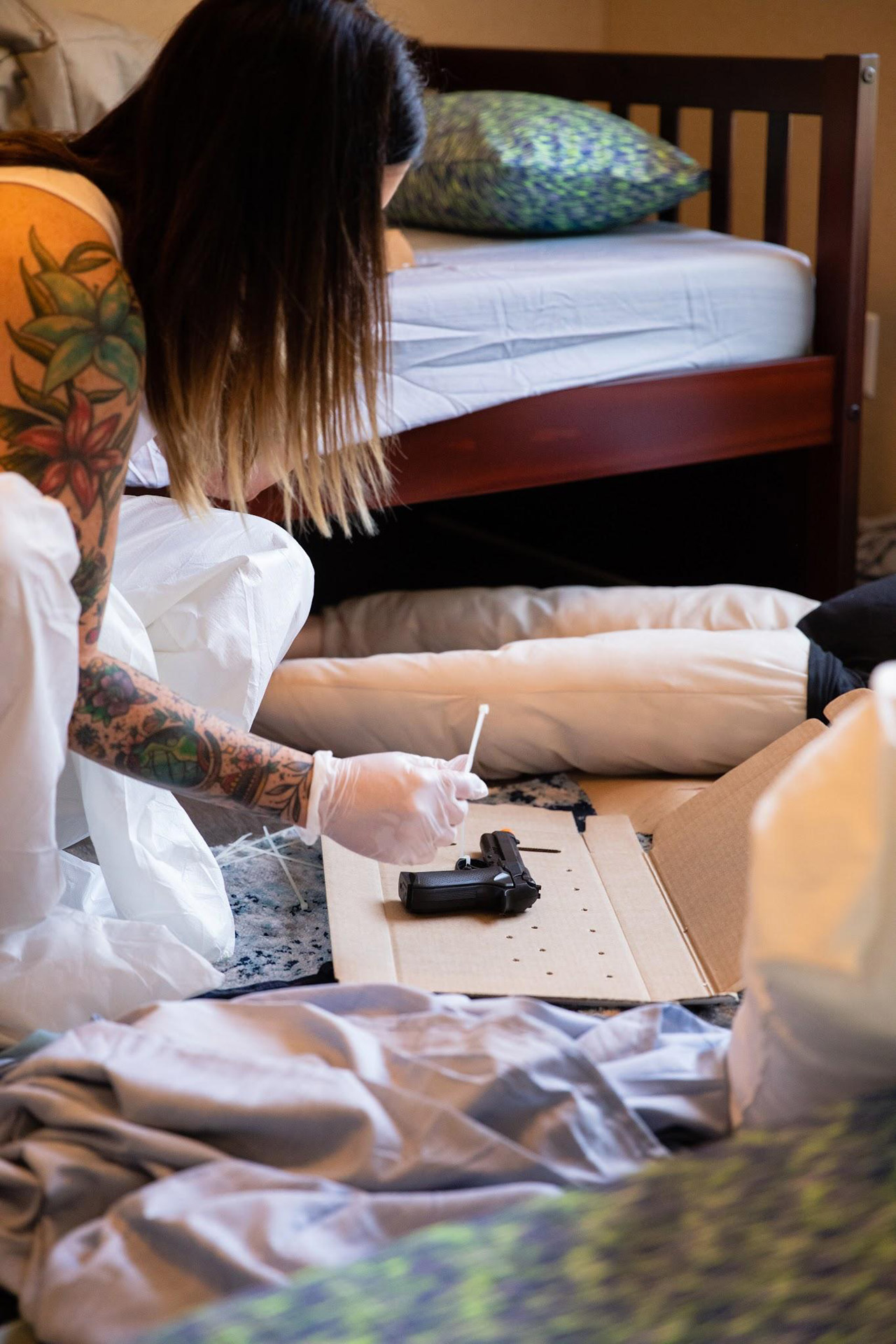Course Description
This course will present the fundamentals of crime scene investigation by discussing the identification, documentation, and collection of physical evidence at crime scenes. The course will emphasize techniques for crime scene documentation such as note-taking, photography, and sketching, as well as the proper collection and packaging techniques for different types of evidence to ensure that the evidence is protected for future forensic analysis. Students will be asked to think critically about the management of crime scenes, evidence collection and analysis procedures, crime scene personnel/agencies, and evidence admissibility in court. At the end of the course, students will participate in a mock crime scene examination that will require application of course material to a full crime scene processing. During the mock scene, students will be required to follow procedures to ensure that the scene is properly secured and documented and that all relevant evidence is located, processed, and collected in such a way as to ensure investigator safety and evidence sustainability.
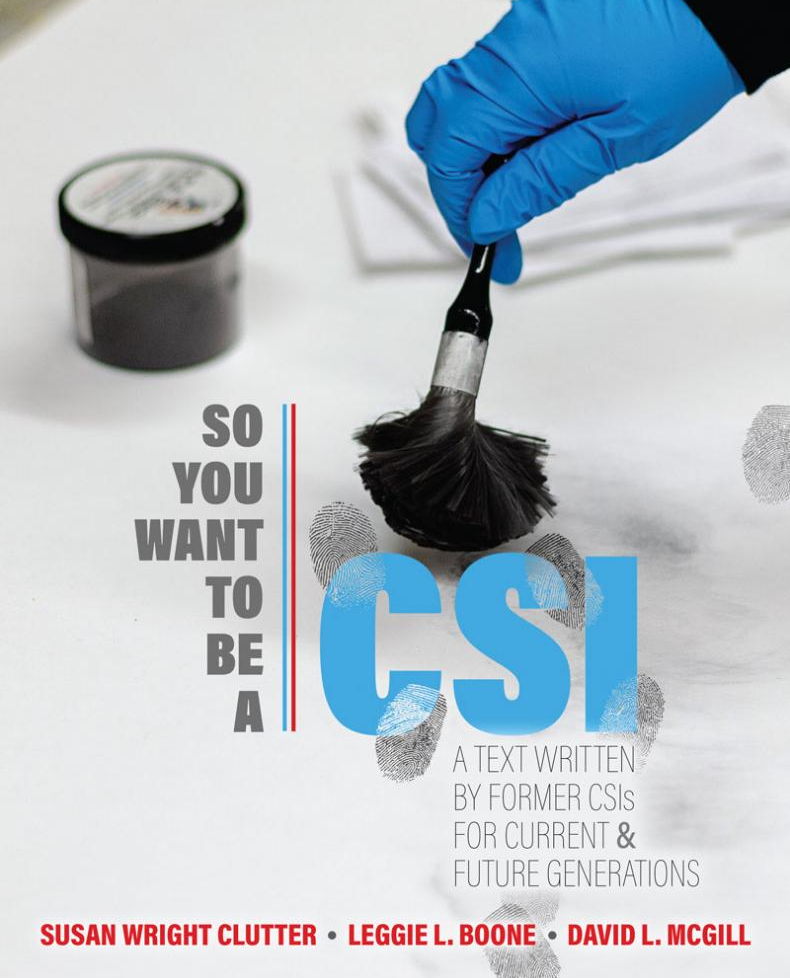
Course Textbook
There is one required textbook for this course. We will jump right into the textbook starting week one, so make sure you purchase your copy early!
Clutter, S., Boone, L., McGill, D. (2021). So you want to be a CSI? (1st ed.). Kendall Hunt Publishing. ISBN: 1524989703 (Spiral Bound)
















